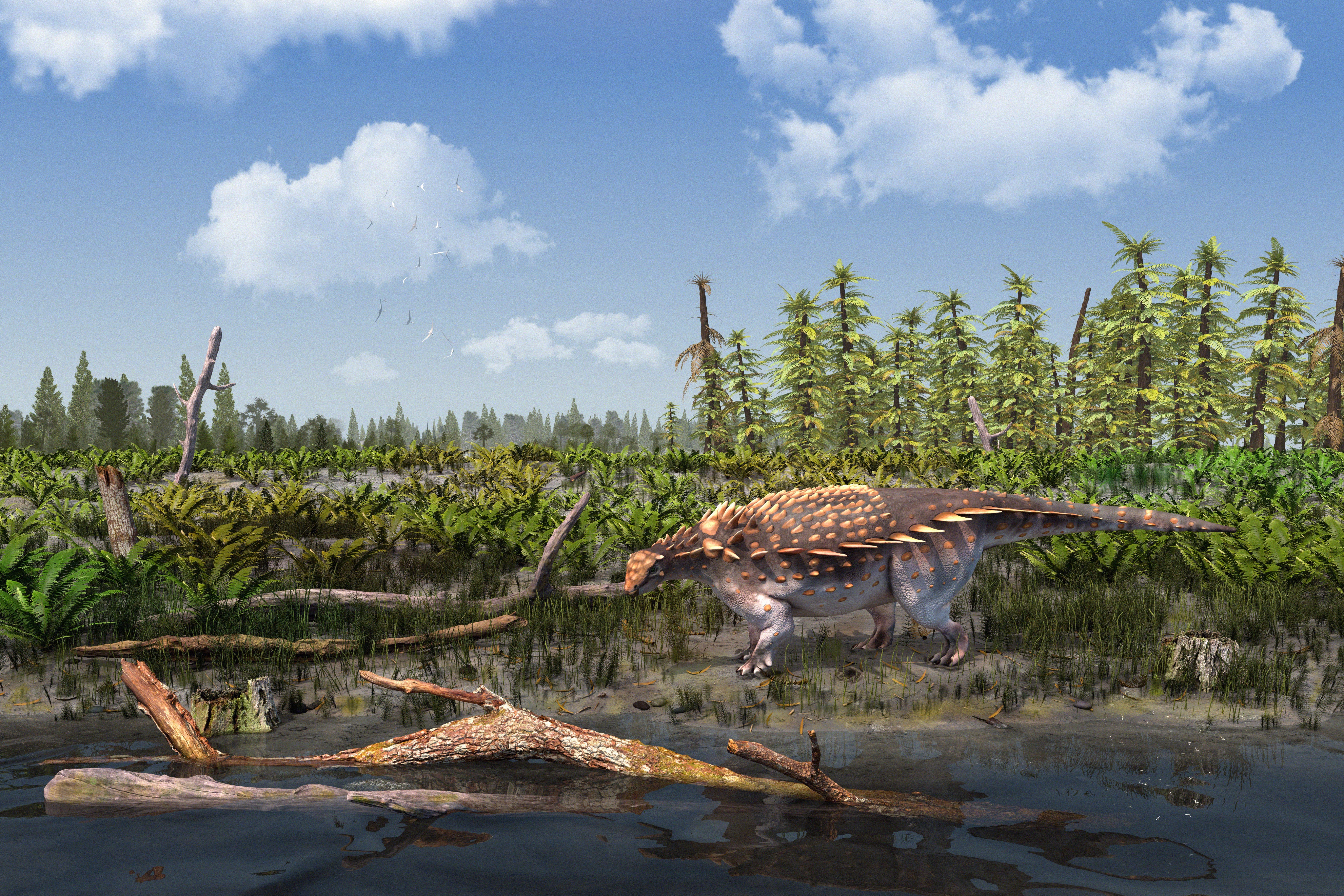New species of dinosaur with armoured body discovered on Isle of Wight
Researchers hope the find will help them to learn more about how dinosaurs became extinct
Your support helps us to tell the story
From reproductive rights to climate change to Big Tech, The Independent is on the ground when the story is developing. Whether it's investigating the financials of Elon Musk's pro-Trump PAC or producing our latest documentary, 'The A Word', which shines a light on the American women fighting for reproductive rights, we know how important it is to parse out the facts from the messaging.
At such a critical moment in US history, we need reporters on the ground. Your donation allows us to keep sending journalists to speak to both sides of the story.
The Independent is trusted by Americans across the entire political spectrum. And unlike many other quality news outlets, we choose not to lock Americans out of our reporting and analysis with paywalls. We believe quality journalism should be available to everyone, paid for by those who can afford it.
Your support makes all the difference.Scientists have discovered a new species of dinosaur on the Isle of Wight for the first time in 142 years.
Vectipelta barretti, which belongs to a group of plant-eating dinosaurs known as ankylosaur, was found in the island’s Wessex Formation – a fossil site dating back to somewhere between 145 to 66 million years ago.
Researchers hope the find will help them to learn more about how dinosaurs became extinct.
The species, which has an armoured body has been named after professor Paul Barrett who has worked at the Natural History Museum in London for 20 years.
It is the second armoured dinosaur to be found in the island, the first one being Polacanthus foxii - which was unearthed in 1865.
Stuart Pond, a researcher at Natural History Museum’s Department of Earth Sciences, said: "For virtually 142 years, all ankylosaur remains from the Isle of Wight have been assigned to Polacanthus foxii, a famous dinosaur from the island, now all of those finds need to be revisited because we’ve described this new species."
V barretti differs from its predecessor P foxii in its neck and back bones.
Analysis also shows both species have different pelvic structures and V barretti has a more blade-like spiked armour.
Although both ankylosaurs originated from the same island, the researchers found they were not very closely related.
In fact, they said, V barretti is mostly closely related to some Chinese ankylosaurs, suggesting these dinosaurs moved freely from Asia to Europe in the Early Cretaceous period (145 to 66 million years ago).
Mr Pond said: "This is an important specimen because it sheds light on ankylosaur diversity within the Wessex formation and Early Cretaceous England."
The researchers said rocks from the Wessex Formation and the Isle of Wight are "hugely important" in understanding more about how dinosaurs went extinct.

Speaking of the honour, Prof Barrett said: "I’m flattered and absolutely delighted to have been recognised in this way, not least as the first paper I ever wrote was also on an armoured dinosaur in the NHM collections.
"I’m sure that any physical resemblance is purely accidental."
The findings are described in the Journal of Systematic Palaeontology.




Join our commenting forum
Join thought-provoking conversations, follow other Independent readers and see their replies
Comments